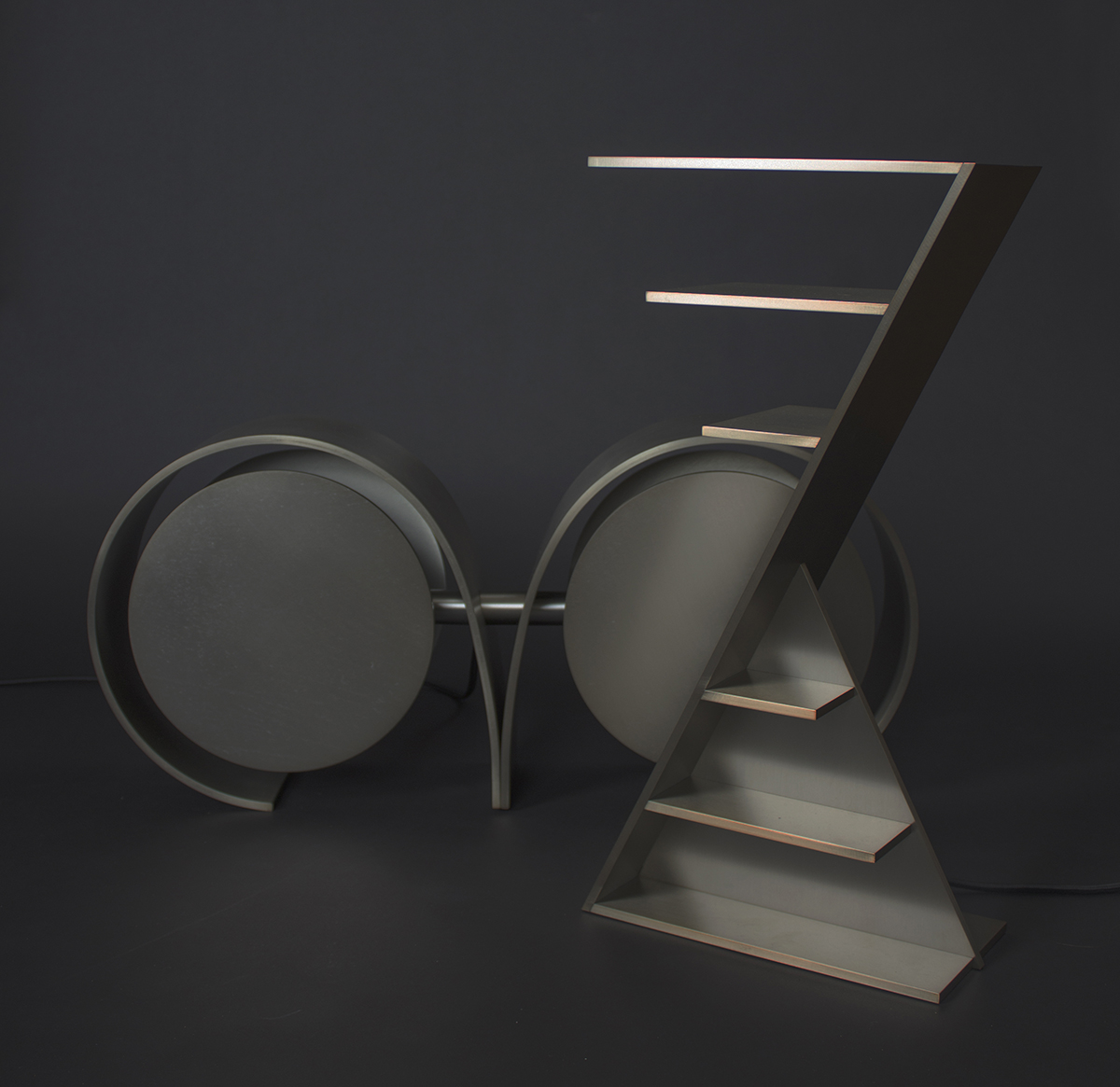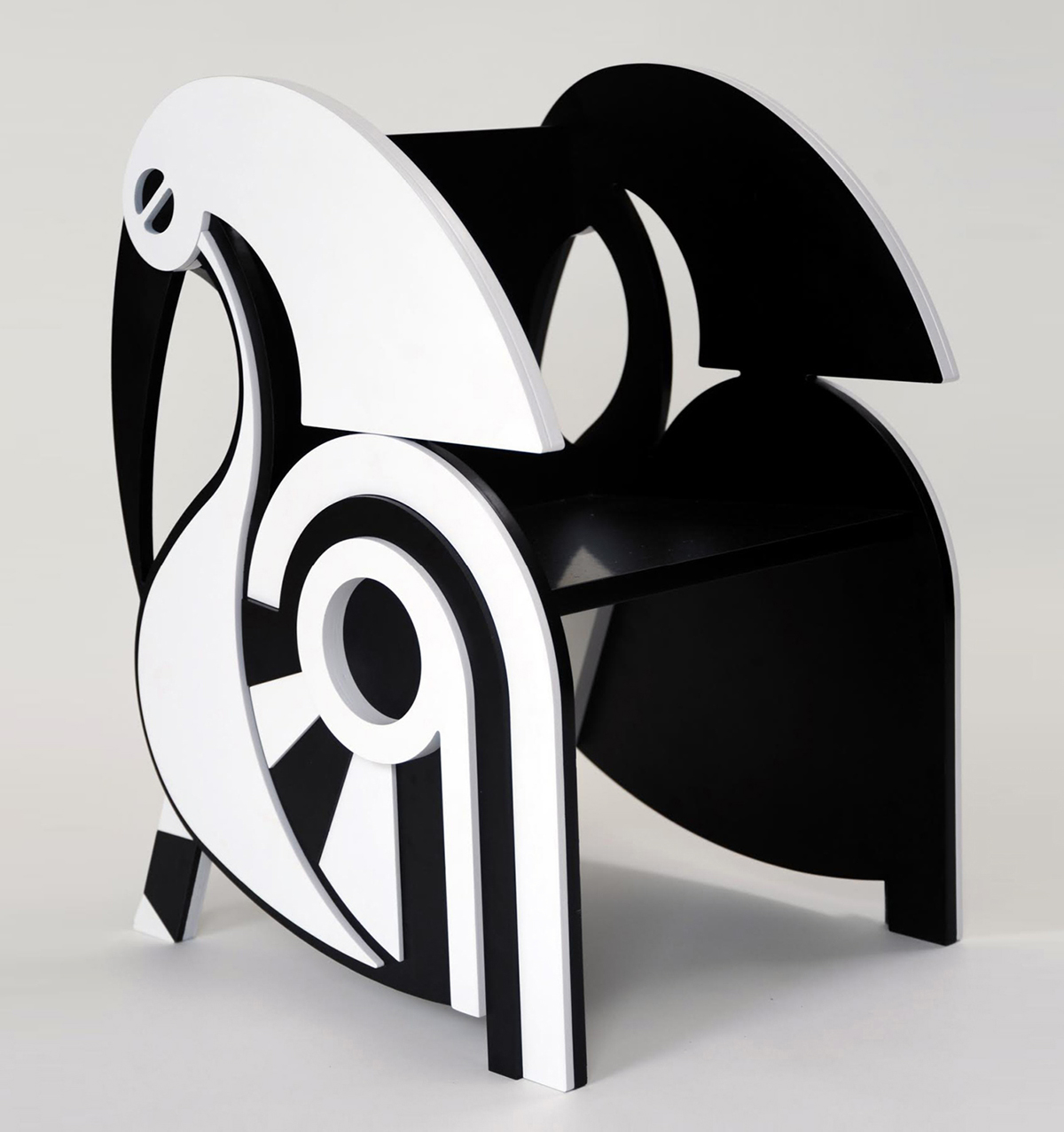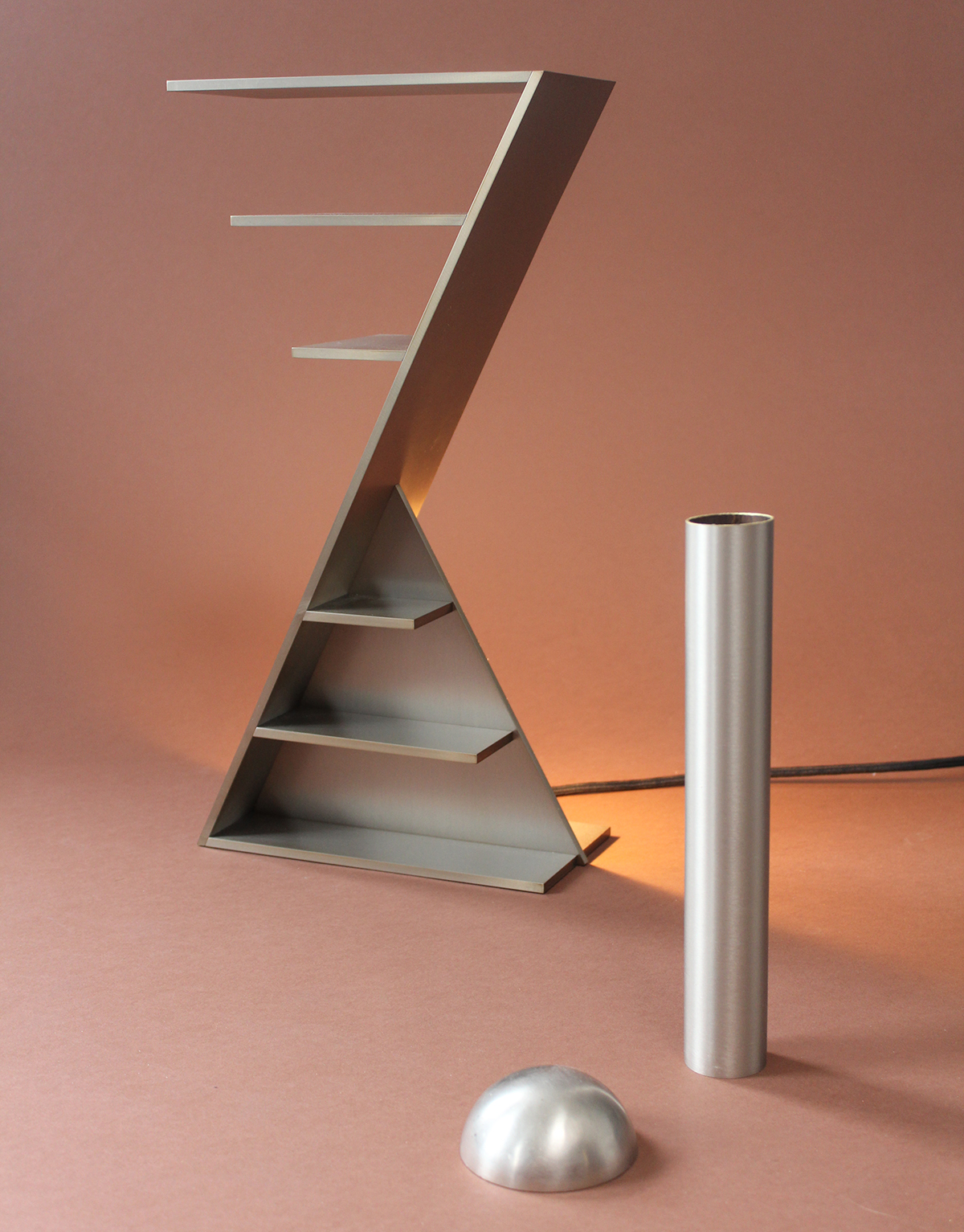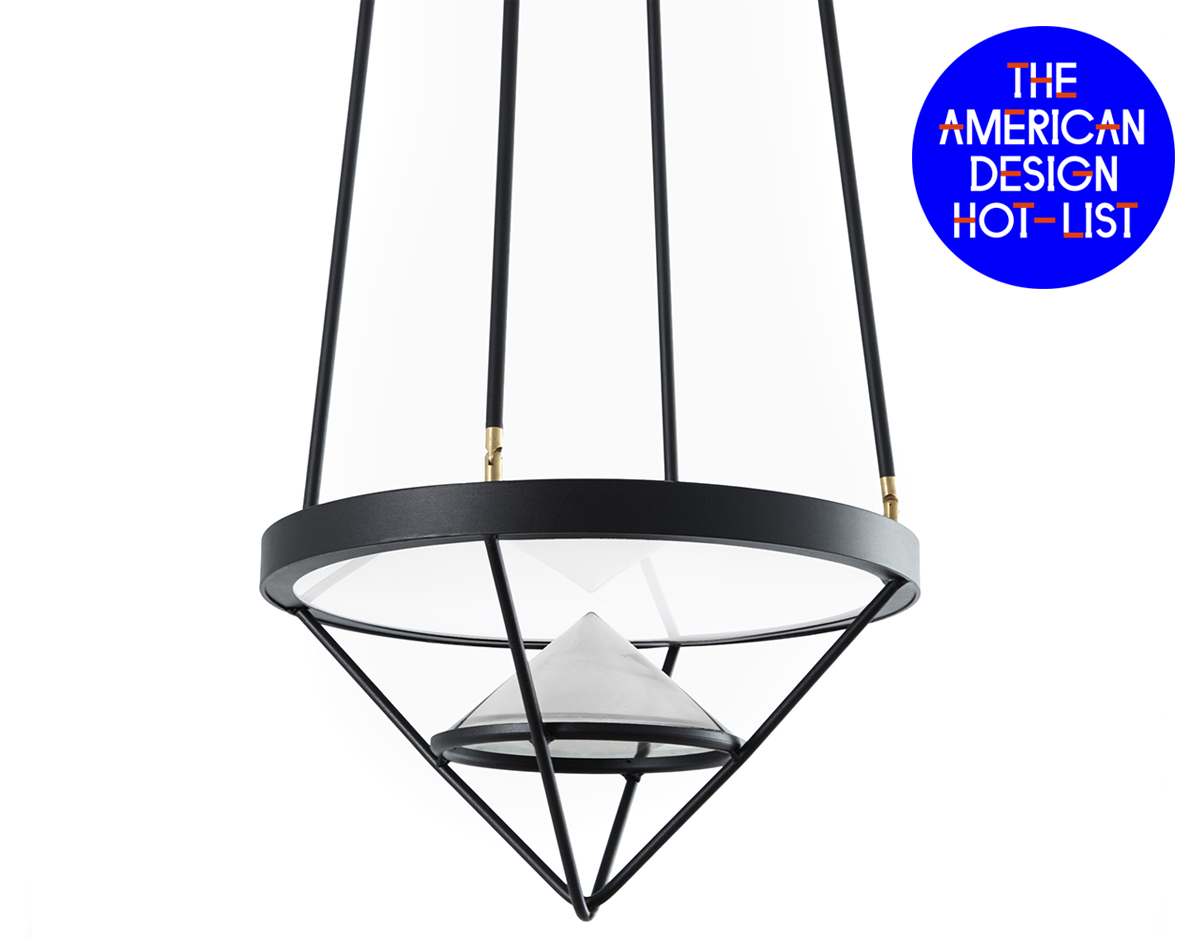
American Design Hot List 2015
Material Lust
New York, material-lust.com
Christian Swafford and Lauren Larson are the dark horses of American design, skilled at making the unusual look chic, from zoomorphic chairs to a line of home accessories informed by pagan rituals.
What is American design to you, and what excites you about it?
There’s a quote about The Ramones being “American Primitives” that really resonates with us. That raw, primitive, creative energy is still alive in the US, waiting to be tapped. American design to us is stripping down, reinterpreting, and going all out. There is no expectation to pay homage to past designers or follow any guidelines. Originality and innovation are celebrated. The American design scene is also hyper-focused on the “New.” This perpetual search for the “New” really pushes and drives us to do collections that go in totally different directions from our past work. There’s a tendency to think of American design as market- and sales-driven, but in reality, there are some American designers who are really pushing the boundaries and challenging consumers to spend money outside of the big-box home goods stores. The home goods and furniture markets in America are supersaturated with poorly-made, margin-driven, made-in-Asia, disposable home goods. We have seen a backlash to this where American consumers are looking for artisan-crafted goods that will stand the test of time.
What are your plans and highlights for the upcoming year?
We are collaborating with world-renowned tattoo artist Tamara Santibanez on a small collection of highly ornamented, handmade carved-wood pieces, a departure from our hard-edged geometric work. We will also be expanding our children’s collection for Kinder Modern, and we’re currently working on a tabletop porcelain collection that’s inspired by some surrealist drawings. The most exciting venture on the horizon, though, is the Material Lust Gallery we’ll be opening in 2016. It will be an intimate space to display our work along with antiques in fully realized vignettes. We want to show consumers and interior designers how to use our pieces in design schemes. The gallery will have revolving installations and further collaborations with other designers and artists.
What inspires your work in general?
Our influences change month to month, and that’s by design. Our process has always involved looking at what’s happened in the past and reinterpreting or editing it to fit the current world. What constantly changes is our reference material. For our first collection, it was Pagan and Alchemical two-dimensional symbols, reinterpreting them to a three-dimensional form while keeping their bold graphic quality. From there it was a natural progression to look at Egyptian hieroglyphics because they’re all just different kinds of written languages. Those hieroglyphics heavily influenced our children’s line for Kinder Modern. At the same time, we had to take into account all the Art Deco furniture that was influenced by Ancient Egypt and figure out where our collection fit in. We spend a lot of time reconciling where our work fits in a historical context.
Our current obsession is with Surrealism and Primitivism — painters such as Remedios Varo, Wolfgang Paalen, Max Ernst, Henri Rousseau, and Paul Klee. Our next works will have more sensual curves and will be hand-work driven. Think wood carving and rough metal castings. We adopted the term “Geometry is God” in 2014, and for 2016 we’re declaring “Geometry is Dead.”




